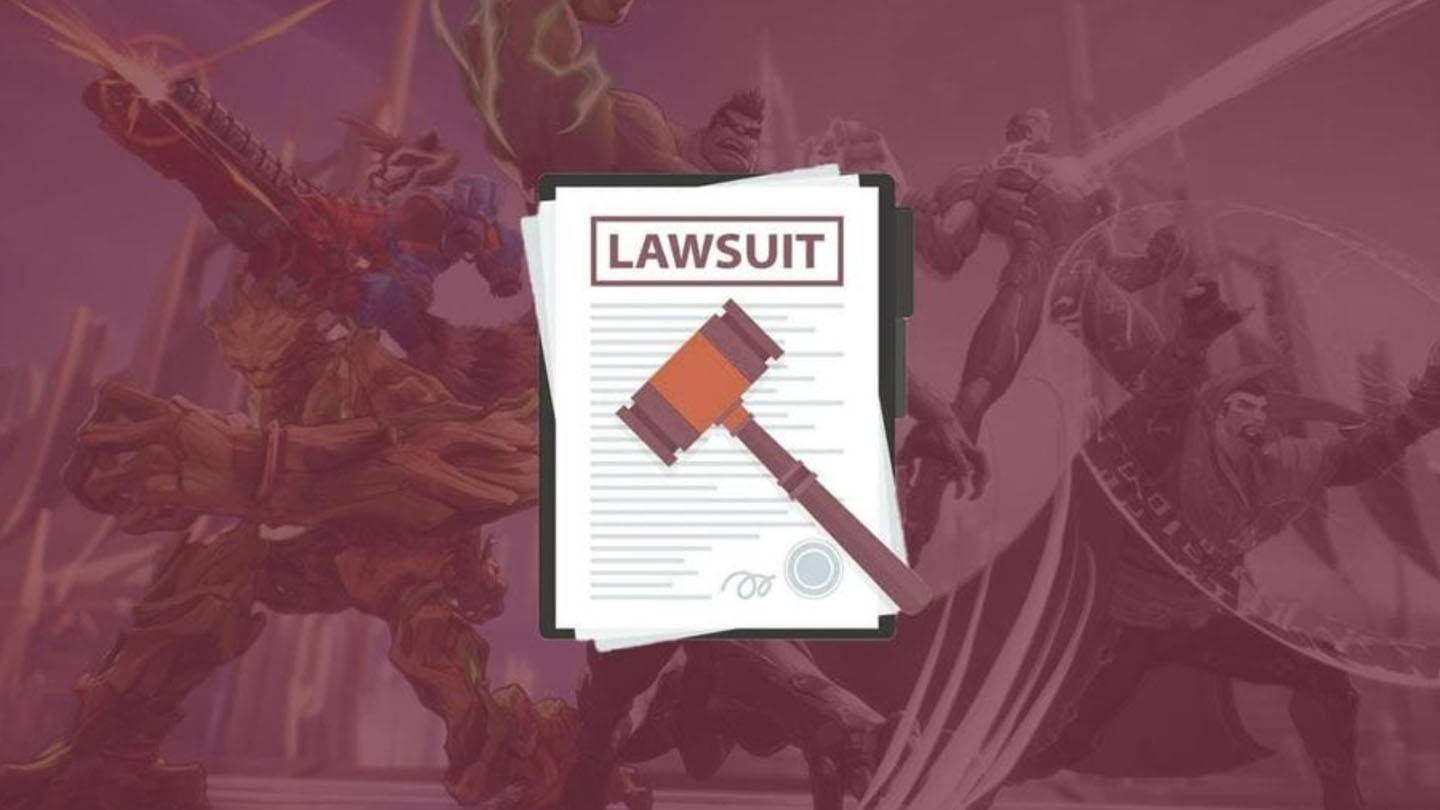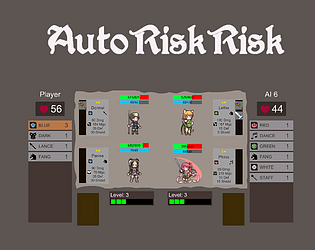"Assassin's Creed: 10 Historical Changes"
Ubisoft has once again activated the Animus, this time transporting us to the heart of Japan's Sengoku Period with Assassin's Creed Shadows. Set in 1579, the game introduces us to historical figures like Fujibayashi Nagato, Akechi Mitsuhide, and Yasuke, the African samurai who served under Oda Nobunaga. As with other entries in the series, these characters are intricately woven into a narrative that blends historical facts with fictional elements, exploring themes of revenge, betrayal, and murder. While the game's premise might humorously suggest that Yasuke needed to level up through combat to unlock a gold-tier weapon, this is a playful nod to the game's mechanics rather than historical accuracy.
Assassin's Creed is renowned for its historical fiction, masterfully crafting narratives that fill in historical gaps with a science fiction twist. The series delves into the ongoing battle between the Assassins and the Templars, a secret society aiming to control the world using the powers of an ancient civilization. Ubisoft's dedication to creating immersive, historically-inspired open worlds is undeniable, yet it's crucial to remember that these games prioritize storytelling over factual history. The developers take creative liberties, altering historical events to enhance the narrative, resulting in numerous "historical inaccuracies" that are part of the series' charm.
The Assassins vs Templars War

Let's address the central conflict first: the ongoing war between the Assassins and the Templars. There's no historical evidence to support this epic battle. The Order of Assassins, founded in 1090 AD, and the Knights Templar, established in 1118, were both active for about 200 years before their disbandment by 1312. The idea of a centuries-long feud between these groups is a fictional construct, inspired by conspiracy theories rather than factual history. Both organizations were involved in the Crusades, but there's no indication of ideological opposition between them.
The Borgias and their Superpowered Pope

In Assassin's Creed 2 and its sequel, Brotherhood, the focus shifts to Ezio's struggle against the Borgia family. Rodrigo Borgia, who becomes Pope Alexander VI, is depicted as the Grand Master of the Templar Order, plotting to use the magical Apple of Eden to control humanity. This narrative twist is purely fictional, as the Templars did not exist in the late 1400s. The games also paint a dramatic, villainous picture of the Borgias, particularly Rodrigo's son, Cesare, who is portrayed as an incestuous psychopath. In reality, while the Borgias were controversial, Cesare's reputation was based more on rumors than facts, and Machiavelli, who served in Cesare's court, did not view him as negatively as the game suggests.
Machiavelli, Enemy of the Borgias

Assassin's Creed 2 and Brotherhood portray Niccolò Machiavelli as Ezio's ally and leader of the Italian Assassin's Bureau. Historically, Machiavelli's political philosophy favored strong authority, which conflicts with the Assassin's Creed's anti-authoritarian stance. Moreover, Machiavelli did not view the Borgias with the same disdain as depicted in the game; he respected Rodrigo's cunning and considered Cesare a model ruler. This portrayal of Machiavelli as an Assassin and enemy of the Borgias is a significant deviation from historical reality.
The Incredible Leonardo da Vinci and his Flying Machine

Assassin's Creed 2 showcases a close bond between Ezio and Leonardo da Vinci, capturing the latter's charisma and wit accurately. However, the game alters da Vinci's timeline, moving him from Florence to Venice in 1481 to align with Ezio's story, whereas he actually moved to Milan in 1482. The game also brings to life many of da Vinci's innovative designs, such as a machine gun and a tank, with limited historical evidence of their construction. The most fantastical element is the flying machine, inspired by da Vinci's sketches but never realized in reality.
The Bloody Boston Tea Party

The Boston Tea Party, a key event in the American Revolution, was a non-violent protest against the Tea Act. In Assassin's Creed 3, however, the event is depicted as a violent confrontation. Protagonist Connor, dressed as a Mohawk, single-handedly kills numerous British guards during the tea dumping, turning a peaceful protest into a bloodbath. The game also suggests that Samuel Adams orchestrated the event, a claim that historians debate due to lack of conclusive evidence.
The Lone Mohawk

Assassin's Creed 3's protagonist, Connor, is a Mohawk who sides with the Patriots during the Revolutionary War. Historically, the Mohawk people were allies of the British, hoping to protect their lands from American settlers. Connor's alignment with the Patriots would have made him a traitor in the eyes of his people. While there were rare cases like Louis Cook, a Mohawk who fought against the British, Connor's story represents a "what if" scenario that explores themes of conflict and identity.
The Templar Revolution

Assassin's Creed Unity takes a controversial stance on the French Revolution, suggesting it was orchestrated by the Templars to create a food crisis. In reality, the famine was caused by natural disasters and poor harvests, not a conspiracy. The game also simplifies the French Revolution to the Reign of Terror, overlooking the broader socio-political issues that fueled the uprising.
The Controversial Killing of King Louis 16

The execution of King Louis 16 is a pivotal moment in the French Revolution, and Assassin's Creed Unity portrays the vote for his execution as a close call influenced by a Templar conspirator. In reality, the vote was a clear majority, with 394 in favor and 321 against. The game also glosses over Louis's attempt to flee to Austria and the widespread anger against the aristocracy, presenting a softer view of the monarchy.
Jack the Assassin

Assassin's Creed Syndicate reimagines Jack the Ripper as a rogue Assassin who takes control of the London Brotherhood. In the game, Jack, trained by Jacob Frye, becomes disillusioned and turns the organization into a criminal gang. This narrative diverges significantly from the historical mystery surrounding Jack the Ripper, whose identity and motives remain unknown.
The Assassination of the Tyrant Julius Caesar

The assassination of Julius Caesar is one of history's most documented events, yet Assassin's Creed Origins rewrites it to fit its narrative. The game portrays Caesar as a proto-Templar, whose death is necessary to prevent global domination. Historically, Caesar was a popular leader who implemented reforms to benefit the poor, a fact overlooked by the game. The assassination led to the Liberators' Civil War and the rise of the Roman Empire, contrary to the game's portrayal of it as a victory against tyranny.
The Assassin's Creed series meticulously crafts its historical settings, blending authenticity with creative storytelling. While these games take significant liberties with history, they offer a unique blend of historical fiction and entertainment. What are your favorite moments where Assassin's Creed bends historical truth? Share your thoughts in the comments below.
-
HBO's Harry Potter TV series has reached a major casting milestone with the first six roles officially announced. While fans eagerly await reveals for Harry, Ron, Hermione, and Voldemort, we now know who will portray Albus Dumbledore, Minerva McGonagAuthor : Gabriel Dec 22,2025
-
The meteoric rise of Marvel Rivals, NetEase's multiplayer game, has been met with both praise and legal trouble. Although the game rapidly attracted millions of players, its success has been shadowed by serious legal issues for the developer.In JanuaAuthor : Violet Dec 22,2025
- Spring Valley Farm Game: January 2025 Redeem Codes
- WWE Superstars Join Call of Duty Warzone: Mobile Roster
- Midnight Girl is a minimalist point-and-click adventure set in Paris in the 60s, now open for pre-orders on mobile
- Mobile Legends: Bang Bang – Best Lukas Build
- "Grand Outlaws Unleashes Chaos and Crime on Android Soft Launch"
- Video Game Song Surpasses 100 Million Streams on Spotify






















